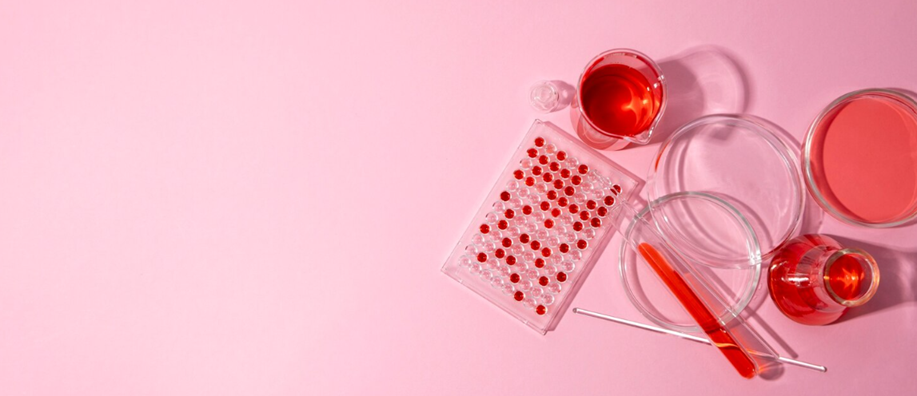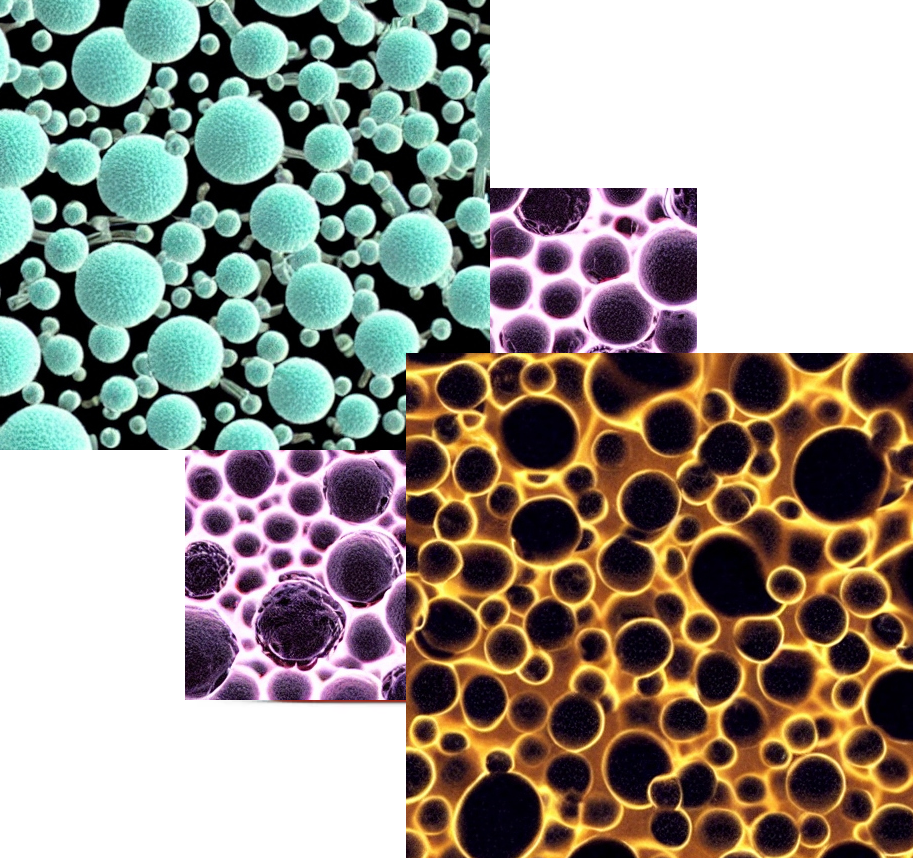Cord Blood Banking
From Copernicus to Boyse
It seems to be a story as old as time, a lone scientist, a lone voice stands up and suggests something different. Something that goes completely against the grain. In the 16th century, Nicolaus Copernicus, proposed the idea of a heliocentric universe. This idea challenged the status quo. What if the earth isn’t the centre of the universe? What if it is the sun? Although the idea was initially accepted by the Catholic church, by 1616, it was outright prohibited. A proponent of the theory, Galileo Galilei, was ostracised and pilloried for his support of Copernicanism. The heliocentric concept was dangerous talk, and the church later condemned him as a heretic.
 Edward Boyse’s journey wasn’t as fraught but here again, there’s an example of a scientist who had different idea. In 1982, he asked a simple question. Is the umbilical cord being wasted after birth? A simple question but also simple in its genius. Human cord blood has found to be rich in stem cells whose use includes:
Edward Boyse’s journey wasn’t as fraught but here again, there’s an example of a scientist who had different idea. In 1982, he asked a simple question. Is the umbilical cord being wasted after birth? A simple question but also simple in its genius. Human cord blood has found to be rich in stem cells whose use includes:
The treatment of various blood cancers including Leukaemia. The treatment of blood disorders including Aplastic Anaemia. The treatment of immune deficiencies. The treatment of genetic diseases by transplanting stem cells. Anti-Ageing Treatments through the use of stem cells to repair damaged tissue in the body including the heart.
Nowadays, the use of stem cells in the treatment of many diseases is becoming increasingly common. One of the greatest sources of stem cells and the one without much of the controversy is those derived from umbilical cord blood. Many parents around the world can order a kit from the numerous companies that now provide the service. The kits usually consists of a collection bag with instructions for the midwife to collect the cord blood during a normal or caesarean birth. The parents then call their company’s courier who will take the cord blood to a laboratory where it is processed and the stem cells are removed and stored for future use. In recent years research has shown that stem cells have amazing regenerative properties and in the future they will be used to cure multiple diseases.
Banked Cordblood
In 1989, Dr. Hal Broxmeyer et al, published a paper that showed that cord blood is a rich source of hematopoietic stem cells (HSCs). following this, Dr. John Wagner performed the first succesful cord blood transpalnt in 1990.
The cord blood from the umbilical cord is rich in stem cells and it has now become common practice for parents, with the aid of specialist companies, to preserve the umbilical cord. The umbilical cord is processed so that the stem cell rich blood can be extracted, screened and then frozen in liquid nitrogen. Cord blood stem cells are considered to be more adaptable than adult stem cells and more ethical than embryonic stem cells.
Stem Cell Cordblood Banking
Numerous stem cell cordblood banking companies have set up around the world allowing parents to have the blood stored for use by the child and other family members in future times. The subject of stem cell research is an exciting and optimistic one as scientists believe that in the future, diseases such as Cystic Fibrosis, diabetes, osteoporosis, rheumatoid arthritis, Alzheimer’s disease, heart disease, Parkinson’s disease, spinal cord injuries and numerous cancers could be treated or even cured with stem cell therapies. Work is not just confined to major diseases but also cosmetic remedies such as the research already underway to re-grow human teeth and hair using stem cells. Such treatments could be given to an individual throughout their lives using their own stem cells taken from their own cord blood shortly after birth.
In recent years, there has been an explosion in the development of electronics and information technologies. With the introduction of satellite navigation in cars, home computers, PDAs, Bluetooth and WiFi, the lives of ordinary people have been transformed beyond belief. Such are the far reaching effects of the new technologies that even the every day usage of the English language has changed. Words such as mobile, PC, Spam and Wireless would have had completely different meanings as little as twenty five years ago, where as words like texting, email and the Internet would leave earlier audiences completely puzzled and bemused.
The early twenty first century sees humanity standing before an even greater and more dramatic technological revolution, a medical revolution. The unraveling of the human genome, advances in stem cell technologies and nanotechnologies will have a more profound effect than anything in the history of humankind.
Trends in National Blood Collection and Cord Blood Banking (Recent Advances in Hematology Research)
Stem cell research is one most important areas of medical study at the moment. Cord blood stem cells are believed to be unspecialised and during recent experiments scientists have managed to turn these unspecialised cells into specialised cells. The medical uses of being able to transform the cells are endless. It is hoped that in the future, stem cells can be used to recreate muscle, nerves and tissue. Repairs could be made to a person’s body using their own genetic material which would resolve the problem of rejection which is currently encountered with organ and tissue transplantation.



